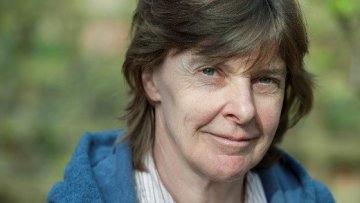11:30
Compressible types in NIP theories
Abstract
I will discuss compressible types and relate them to uniform definability of types over finite sets (UDTFS), to uniformity of honest definitions and to the construction of compressible models in the context of (local) NIP. All notions will be defined during the talk.
Joint with Martin Bays and Pierre Simon.


